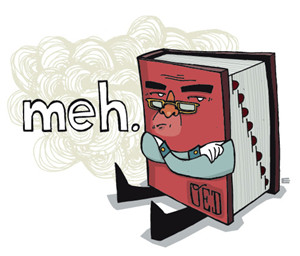
AA: I'm Avi Arditti and this week on WORDMASTER: we're going to repeat a segment from two thousand two. It was an interview with an English professor who, after going blind, devoted his time to making the Internet more accessible. As it turned out, three years later, John Slatin was diagnosed with leukemia, blood cancer. He died last month at the age of fifty-five. Now, in tribute, here again is that segment.
___
AA: I'm Avi Arditti, Rosanne Skirble has the week off. This week on Wordmaster -- making the Web more welcoming to the disabled.
John Slatin is director of the Institute for Technology and Learning at the University of Texas at Austin. He travels near and far, promoting ways to make the Internet more accessible to persons with disabilities.
His fellow frequent flier is Dillon. Dillon, a golden Labrador retriever, is a guide dog for the blind. John Slatin was an adult when he lost most of his sight.
Professor Slatin says the key to making a Web page more accessible is what he calls "principled redundancy."
John Slatin and his guide dog, Dillon
John Slatin and Dillon
JOHN SLATIN: "Rather than just providing the information in one form, say a paragraph or a complex image, you're providing both things. So there's both an image that illustrates a process or an idea or whatever, and a prose description of that same idea, a prose explanation -- so that, for example, a blind person who can't see the image can read the prose description.
"Whereas somebody who for whatever reason can't read the prose -- perhaps they have dyslexia or a brain injury that makes it difficult for them to process information in text form, or perhaps they're not familiar or very comfortable with the native language in which the explanation is written -- the image can help them. And you might go even further and add a sound explanation, perhaps somebody saying the same thing or explaining the same idea, and yet a slightly different form."
AA: Since the late 1980s, John Slatin has concentrated his teaching and research on information technology. That was a switch from his earlier passion: twentieth-century American poetry.
Ironically, John Slatin says the elements that go into making a Web page accessible go against his conventional training as an English teacher.
JOHN SLATIN: "We would have talked about that as redundancy and meant something negative about that, whereas now in Web design we're looking for principled ways of allowing the use of multimedia, different media and different formats, to help different people with different needs get to the same idea."
AA: "In general, how accessible is the World Wide Web to the disabled?"
JOHN SLATIN: "The short answer is, not very. The longer answer is that it depends partly on what kind of disability you have. For people with visual impairments, in particular, it's still a very, very difficult environment to operate in, because it's a very visual medium and a lot of the people who design for it are primarily visual thinkers, and that's what they're focused on.
"And so a lot of the work to provide alternatives in text form that the assistive technology that people who are blind use, such as screen readers or talking Web browsers, doesn't have material to work with as often as it should. Or the material isn't of the quality that it needs to be yet."
AA: "How difficult is it for a programmer to add some elements that make it more accessible?"
JOHN SLATIN: "In many respects making a Web site more accessible to people with disabilities is quite simple. There are easy techniques for associating text material with images, so that, again, screen-reading software or talking Web browsers -- or what are called refreshable Braille displays that some people who are blind, and some people who are both blind and deaf, use -- read the text instead of coming up against a blank wall in the form of an image that they can't process. As the techniques become more familiar, I'm confident that more and more sites will be more accessible."
AA: That was from a two thousand interview with University of Texas professor John Slatin. He died on March twenty-fourth after a nearly three-year struggle with leukemia. He was fifty-five years old.
And that's WORDMASTER for this week. Archives of our segments are at voanews.com/wordmaster. I'm Avi Arditti.











